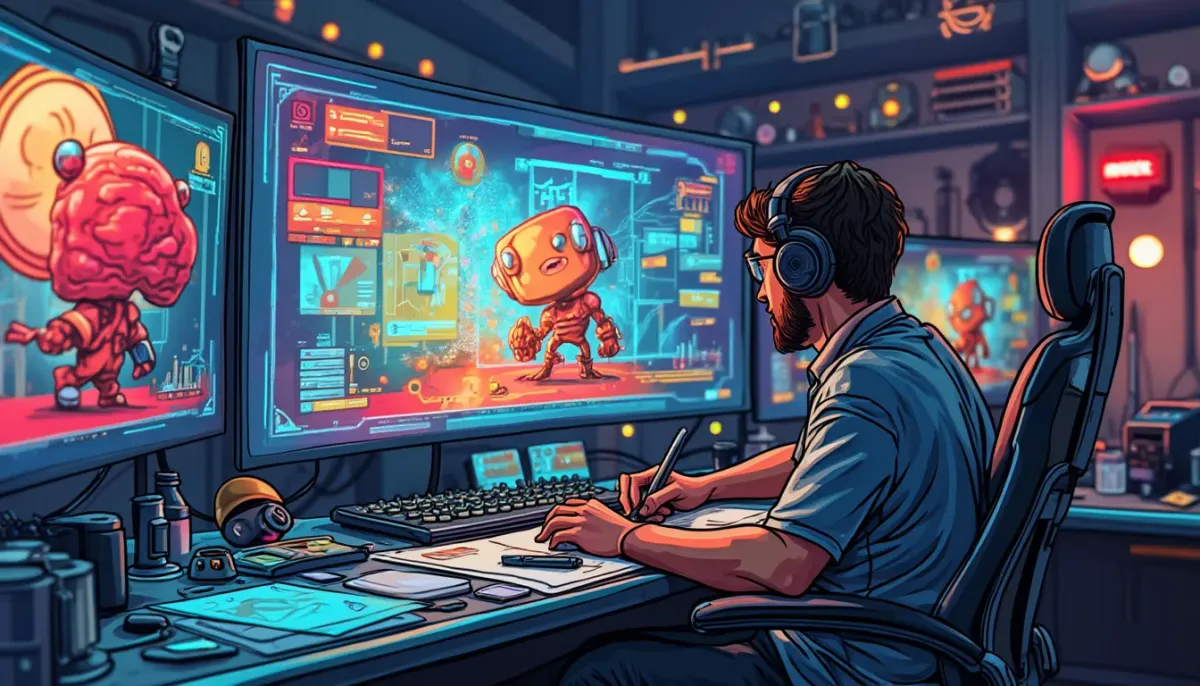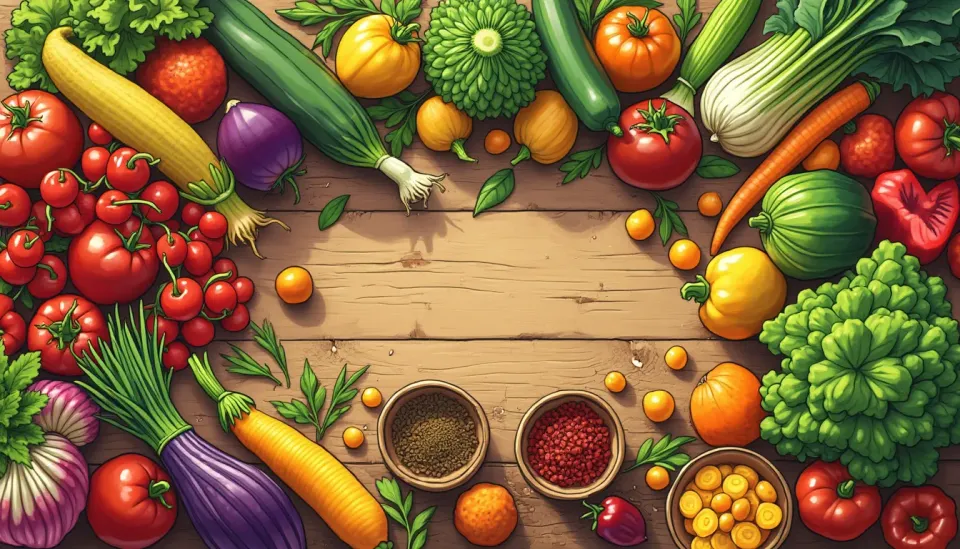The Future of VFX: Navigating AI, Creativity, and On-Set Innovation
Reflections on the evolving VFX industry with AI as an accelerator, enhancing yet challenging traditional creativity and workflows.

"The finest VFX artistry lies not in the screen pixels alone but in the melding of technology and imagination." — Adaptation from Pawel Bialowas
Pawel Bialowas’s conversation with Campaign Brief Asia offers an enlightening glimpse into the dynamic and swiftly evolving world of visual effects (VFX). As I absorbed his insights, it spurred reflections on how far the industry has come and where it's likely heading, especially with artificial intelligence (AI) peppering the fray.
Dawn of New Horizons in VFX
VFX has always been a thrilling intersection of art and technology, pushing the boundaries of what’s visually possible. Bialowas, with his 20 precious years in this realm, encapsulates a truth that feels almost universal among professionals in tech-driven industries: advancement is double-edged. AI and other technological innovations have both accelerated processes and heightened expectations.
AI as a Game Changer or a Cog in the Machine?
While AI tools offer breath-taking velocity in streamlined processes—lingering tasks reduced to a coffee break, as Bialowas amusingly shared—the debate persists: does AI enhance or diminish creativity? His analogy of AI as a "brainstorming buddy" struck a chord with me. While these tools give us a broader palette, the artistry remains with creators. AI may initiate but it doesn't captivate audiences without human touch.
Technology in Action: A Supervisor’s Toolkit
Bialowas introduces us to a fascinating world behind the curtains of cinematic magic. His praise for digital prosthesis was intriguing. Tools like photogrammetry not only speed up work but essentially democratize the ability to create complex assets—be it medieval swords or fictional creatures. His seemingly humble gadget, the iPad, epitomizes transformation: from simple sketchpad to a creative powerhouse complete with LiDAR, reshaping our on-set experience.
Redefining the Creative Process
The introduction of LED stage technology, reminiscent of The Mandalorian's groundbreaking use at ILM, serves as another fascinating pivot in VFX. Through such tech, traditional filmmaking logistics are overcome, allowing directors to conjure worlds with the flick of a button. Yet Bialowas reminds us that magical as it may be, it isn’t a one-size-fits-all solution.
Reflections on Remote Work in the VFX Industry
Post-pandemic, the global collaboration has shifted paradigms, turning Bialowas’s office into a mere concept. The idea that a supervisor or an effects team can collaborate globally speaks to both the connectedness and the isolation modern conveniences have wrought. The essence of human connection and organic creativity still holds tremendous value when tempering technological reliance.
Challenges and Opportunities
He highlights some limitations, emphasizing that the “fix it in post” mindset isn’t the saving grace it's often misjudged to be. As tempting as AI automation is, the artistry is irreplaceable, requiring thoughtful execution and collaborative input.
Peering into the VFX Future
Bialowas’s expectation of AI’s trajectory within VFX aligns with the wider discourse across tech spheres. Rather than replacing artistry, the future seems to lean towards AI augmenting human capability—amplifying creativity instead of replicating it. This anticipation beckons a vision where tools could potentially write screenplays, sparking as much as they guide.
Such considerations lead to a speculative yet exciting thought: how might future artists reconcile traditional craftsmanship with hyper-advanced tools? Could AI, for instance, innovate beyond just aiding choreography but actively directing narratives based on audience data?
Personal Reflection
As someone deeply invested in both technology and creativity, the impressions from Bialowas's discussion are profound. We're at the threshold of an era capable of unprecedented creative empowerment. However, the vigor doesn’t come without risk: potential creative inertia and over-reliance may stymie genuine innovation.
While AI narratively isn't quite ready to conjure a Tarantino-level genius opus, it certainly offers tools for evolution rather than revolution. Mindful usage will remain key—human intuition should never relent control over artistic vision.
In this balance, what remains paramount is the human’s role in not just managing machines but continuing to push the benchmark of creativity further. For the VFX industry, and the broader creative field, the future could usher in a renaissance where boundaries once set by tools are obliterated entirely.
Midjourney prompt for the cover image: An artist at work in a futuristic VFX studio, surrounded by holographic screens displaying AI-driven visual effects, capturing the blend of technology and creativity. Sketch Cartoon Style, vibrant, imaginative.

